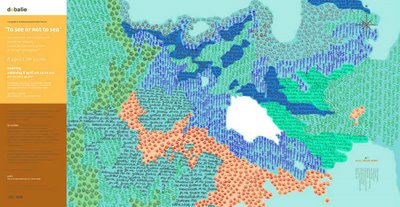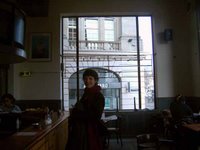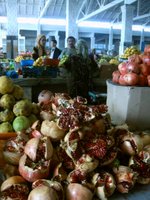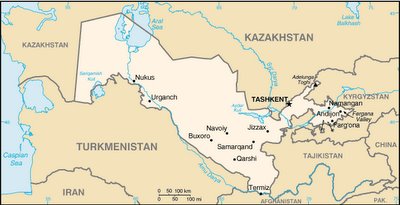
for everybody who wants to be invited - please feel like so we can enjoy together!
On the 8th of April there is the opening in Amsterdam of a well considered selection of my pictures.
First of all there will be the pictures which made me occupied and unavailable for the last weeks. But also Wendelmoet Boersema of the newspaper Trouw will give some journalistic view on the region and Bosz De Kler is invitated to let us enjoy his musical talents and I guess I will tell you some stories.
On the 8th of April there's a special menu at De Balie Restaurant, I will suggest some Uzbek dishes so let's discover!


Of course you still can pass by until the 4th of June at the Leidseplein where you can have a drink, some food or to go for one of the interesting debats or questionraising documentaries in the wonderful building of De Balie. While you pass by - try to find all 32 pictures which wind round the innerwalls of the place.
You can't see all the pictures of the expo on this blog and for sure not in the way it will be at De Balie as it's a narrative serial in time and space, conceived on invitation of Femke Lutgerink who programmes Fotografie in De Balie.

I'm flippin' proud on the paper-invitation which I conceived in a fantastic dialogical collaboration with graphic designer Marthe Van Dessel. It's a crossover between a geographic map and a photoposter. If someone likes to get a paper one: just let me know!
(the image above should be the invitation but the colours are strangely enough changed while uploading the picture, only the Aralsea stays white like in the original - it's based on an atlas edited in 1966 - you can compare it with the shrinked version of the Aralsea until 2000 - in 2005 the former island in the middle of the lake where the Sovjets once did biological experiments, is connected to the coast)


